The Bob Dylan biopic A Complete Unknown has opened worldwide to largely positive reviews. Negative ones have focused on the silly quibble that fiction is not fact: the story told in the movie of Dylan’s rise to fame, from his January 1961 arrival in New York City as an unknown, folk-obsessed teenager from the Minnesota Iron Range, to his electrified electrifying performance at the Newport Folk Festival in July 1965, does not strictly hew to actual biography. Recently the New York Times made the unfathomable decision to take A.J. Weberman, best known for going through the Dylans’ garbage when they lived in Greenwich Village in the early 1970s (and getting thumped by Dylan for stalking), to see A Complete Unknown. Weberman duly ruined the screening for everyone in the theater by yelling complaints all the way through.
A Complete Unknown actually sits comfortably within a long line of Dylan mockumentaries and fauxtobiographies. While he’s best known for his songs and live performances, and the Nobel Prize he was awarded in 2016 “for having created new poetic expressions within the great American song tradition,” Dylan has been a movie buff, and sometime movie star, since childhood. The Lybba Theater, owned by his uncles and named for Bob’s maternal great- grandmother, opened in Hibbing, Minnesota in 1947, just a few blocks from Dylan’s childhood home. From his teenage years Dylan was intrigued by cutting-edge stars of the late 1950s, like John Cassavetes and Sidney Poitier. A crossover superstar like Elvis Presley, who was a music and movie star, particularly appealed to a high-school kid who styled his hair in a waterfall of curls spinning over his forehead, the sides swooping back into a classic DA (duck’s ass), who already wanted to be famous as a performer of some kind.
The earliest film footage of Dylan is of him singing songs on various stages and television programs. However, a little silent gem from 1961 slated as “Bed On the Floor” shows the nineteen-year-old as an actor. Dylan shimmies down from one level of a New York City rooftop to another and starts trying on different hats, with the camera as his mirror. It’s straight out of Waiting for Godot or Steamboat Bill Jr., but with Dylan as an impish, smiling Huck Finn instead of a sad Beckett character or pokerfaced Buster Keaton. Then came his swift and spectacular fame. Dylan’s 1965 screen test for Andy Warhol at the Factory shows a now solemn-eyed, flexible-faced young man who is giving nothing away to anyone anymore, not even the ghost of a grin.
Dylan starred in two documentaries in the mid-1960s. Dont Look Back, filmed by D.A. Pennebaker during a spring 1965 solo acoustic tour of England, chronicles a young man behind the scenes and on the move, still presenting as a folk singer with guitar and harmonica. Dylan’s 1966 world tour with the Hawks — soon to be the Band — was also filmed by Pennebaker. With footage edited by Dylan and documentarian Howard Alk, Eat the Document, with a shaky French New Wave style that makes it rough to watch, was released on ABC television in 1972.
In 1967 and 1968 Dylan worked on his own New Wave movie at home in Woodstock. Unfinished and unreleased, it stars him, the Band’s Richard Manuel and Tiny Tim. The best moments of the footage are outtakes: Dylan scampering up a tall pine tree like a squirrel and then down again, retrieving his dropped scarf along the way, and doing it all in boots with heels; Dylan capering in the snow in Albert and Sally Grossman’s long driveway, with a delighted Hamlet the dog dancing along with his master.
Other music stars were making movies that did not rely on their songs then. John Lennon appeared in the anti-war comedy How I Won the War in 1967; Mick Jagger shone in the crime drama Performance in 1969 and as the Australian outlaw Ned Kelly in 1970. When Sam Peckinpah hired Dylan to write songs for the Western Pat Garrett and Billy the Kid in 1972, Dylan ended up with a small role and spent three months on Peckinpah’s chaotic movie set in Durango, Mexico. Kris Kristofferson was starring as Billy; in his song-draft notebooks kept at the time, Dylan mentions Kristofferson’s chest make-up — and people being sick in their trailers. Dylan was nominated for a Grammy for best original score, but not for his performance as the bespectacled newspaperman who says his name is Alias, and who shucks off his printer’s apron to join Billy’s gang. In his key scenes, Dylan kills a bad guy with a knife-throw to the neck, and reads the labels of canned goods to himself while James Coburn, as Garrett, shoots up a saloon.
During the Rolling Thunder Revue tour of 1975-76, Dylan made his own movie. Renaldo and Clara is four hours long and was released briefly in early 1978. A more manageable two-hour version eliminates much of the story and focuses on the jet-fueled concert footage. What’s it about? As Dylan told Allen Ginsberg (who also appears), “If you want to summarize the film, this is the way it is: ‘There are heroes in the seaweed.’” Dylan plays Renaldo, Sara Dylan is Clara, and the Woman in White, whom Dylan called the ghost of death, is played mostly by Joan Baez. Other members on the carnival that was the Revue appear in various roles, most notably a breathtaking young Sam Shepard, Joni Mitchell’s “coyote” lover at the time, as Clara’s lover Rodeo. 2019’s The Rolling Thunder Revue: A Bob Dylan Story by Martin Scorsese revisits the Revue and contains both real footage from 1975 and 1976 and fake stories aplenty, thanks to Sharon Stone and “Stefan Van Dorp,” a made-up filmmaker played by Bette Midler’s husband Martin von Haselberg.
The last time Dylan was in a mainstream movie over which he did not have some sort of production control or hand in the screenplay, was in 1987’s Hearts of Fire, about a three-musician love triangle. Dylan’s most memorable lines are “Fish bit me” and, since 2016, an apparently prescient musing over the “No-bel Prize.” When called upon to behave like a rock star, Dylan is paradoxically completely unconvincing. His destruction of the hotel room is the most unenthusiastic trashing you’ll ever see (compare it to his wrath in the “who threw the glass” scene in Dont Look Back), but his slugging Rupert Everett on the chin has at least become a jolly GIF these days. After this debacle, Dylan largely avoided movies, except for some music videos of varying quality, until 2003’s Masked and Anonymous. He co-wrote the script (as “Sergei Petrov”) with Larry Charles. Masked and Anonymous is an apocalyptic jumble, set in a country torn by civil war in which a benefit concert is being arranged by shady, incompetent promoters to distract people from horrors. John Goodman, Jessica Lange and Mickey Rourke are delicious, bombastic villains; Dylan’s character, Jack Fate, is the oldest son of the dying tinpot dictator and the chosen performer at the concert. Cameos from dozens of stars with wild character names zip by: Penélope Cruz as Pagan Lace, Luke Wilson as Bobby Cupid, Christian Slater as a Crew Guy, Cheech Marin as Prospero and Angela Bassett as the Mistress.
Dylan’s “music-videos-with-plots” should count as shorts themselves. 1985’s “Tight Connection to My Heart” has a yakuza-gangster setting in Tokyo; 1993’s “Blood in My Eyes” shows Dylan walking through London in a top hat, holding a cane. More creative, violent recent videos have been directed by Nash Edgerton. Of these Dylan has leading roles in 2015’s “The Night We Called It A Day”, a silent-noir film in which his character kills a murderess lover and gets away with it; and the bizarre 2012 “Duquesne Whistle,” the saga either of a smitten young man going to any lengths to court his beloved, or of a crazy jobless stalker tormenting a scared girl with bizarre attentions and stolen roses, while Bob and his street-gang posse (including a guy in Gene Simmons’s KISS makeup) walk around the block.
Even Dylan’s 2004 Victoria’s Secret commercial with Adriana Lima counts as a tale-telling short. Get paid to be flown to Venice and play Lima’s returning lover, tossing your black cowboy hat onto a table in your palazzo while she twists and turns, in a white bikini and angel wings, to the soundtrack of one of your own songs? Well, wouldn’t you?
The man seems to truly love the movies. Names of actors and films are scattered through Dylan’s songs as grounding cultural references: Gregory Peck, Elizabeth Taylor and Richard Burton, Brigitte Bardot.
In illustrating his songs for the Mondo Scripto exhibition at London’s Halcyon Gallery in 2018, Dylan used some well-known movie images: Disney’s Cinderella sweeping up on Desolation Row; Elizabeth Taylor in Cat on a Hot Tin Roof on a big brass bed; Edie Sedgwick standing in for Frank Sinatra with that deck of cards from The Manchurian Candidate. His series of large paintings done during the pandemic lockdowns, Deep Focus, is based directly on movie scenes. Scott Warmuth was first to identify many, from relatively obscure sources like 1954’s Black Widow and 1981’s The Loveless.
As for A Complete Unknown, James Mangold, its director and co-writer, has said Dylan reviewed the script and made suggestions and changes — including changing the name of Susan “Suze” Rotolo, who lived with Dylan in the early 1960s, to “Sylvie Russo.”
On Twitter/X, Dylan has stanned the film: “There’s a movie about me opening soon called A Complete Unknown (what a title!). Timothée Chalamet is starring in the lead role. Timmy’s a brilliant actor so I’m sure he’s going to be completely believable as me. Or a younger me. Or some other me.”
Want a Dylan documentary? See Dont Look Back or the superb 2005 Scorsese-helmed No Direction Home. Want a mockumentary? See Todd Haynes’s 2007 fascinating, brilliant I’m Not There, with a host of actors playing different Ages of Bob. If you want a creative palimpsest that captures the vitality of New York City’s folk scene in the early 1960s, with performers major and minor filling the basement clubs of Greenwich Village and the revolution already in the air, go see A Complete Unknown. Once upon a time, Ronald Reagan famously misspoke that “facts are stupid things.”
Don’t be an A.J. Weberman and obsess over what you think you know. Go have a good time and revel in the interpretation and feeling of that “some other me,” an artist who would never be so old again, and is younger than that now.
This article was originally published in The Spectator’s March 2025 World edition.



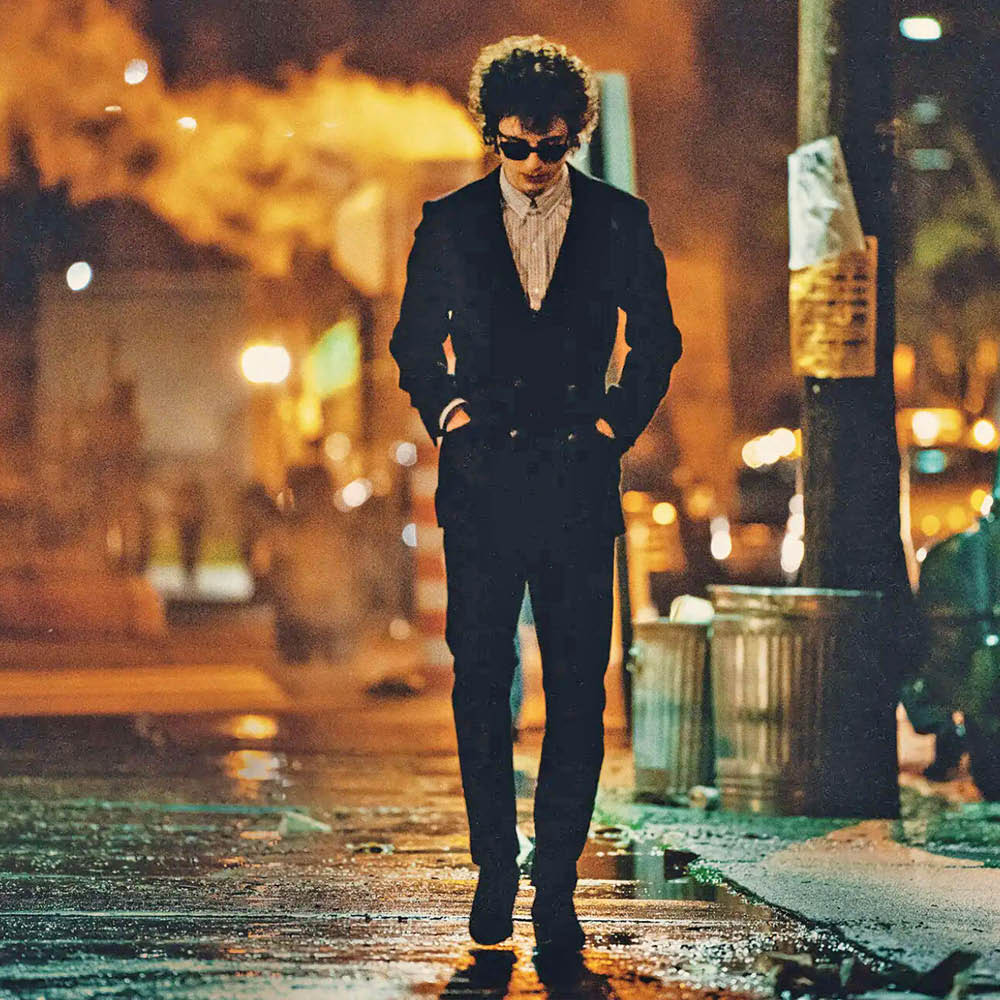






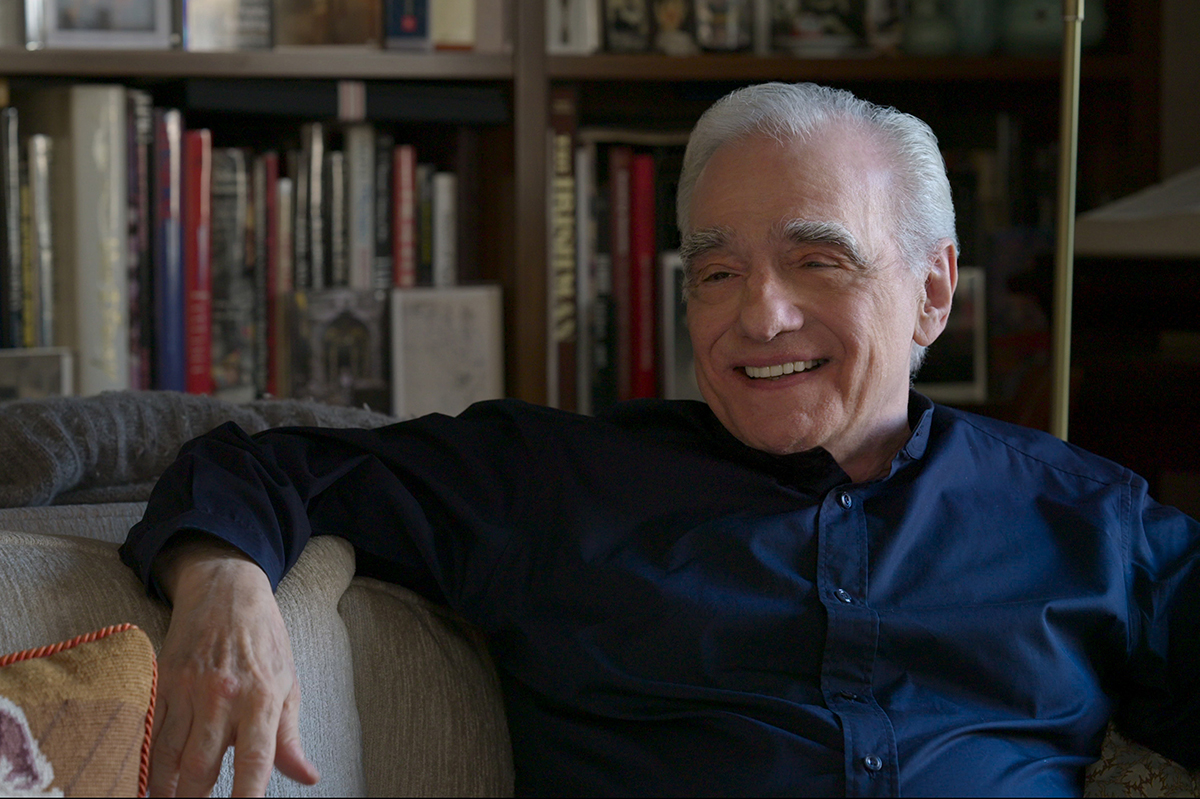
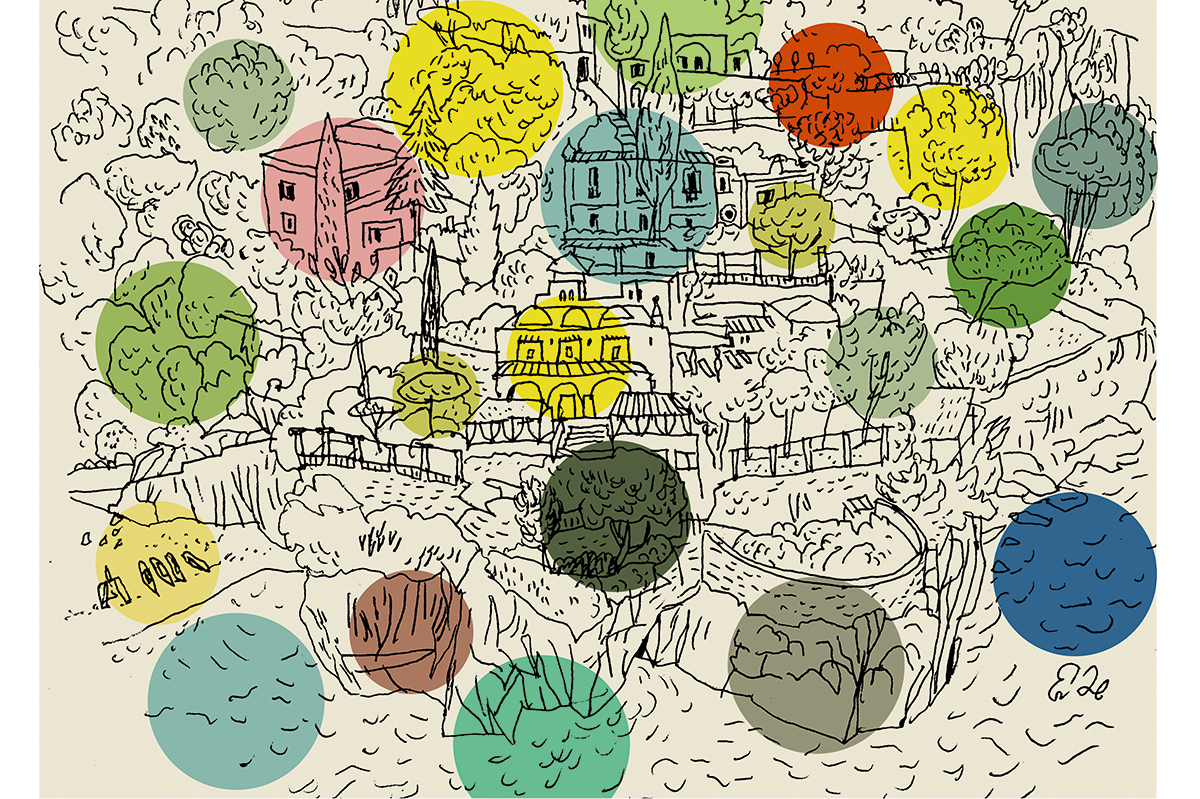
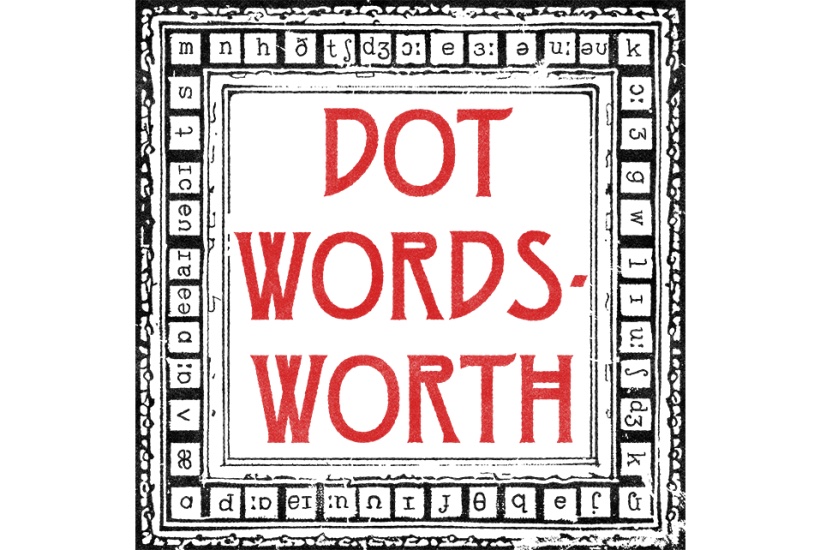
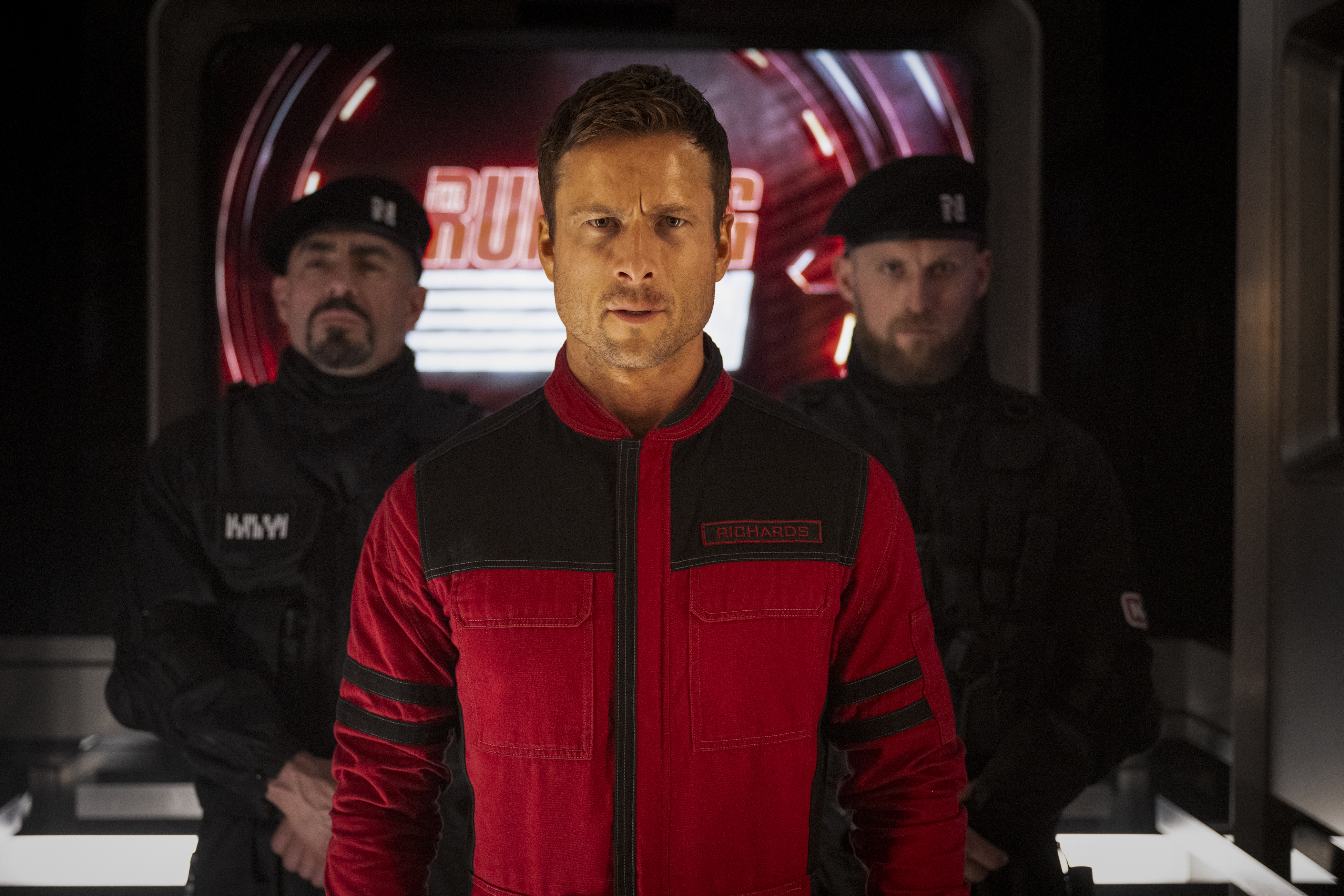

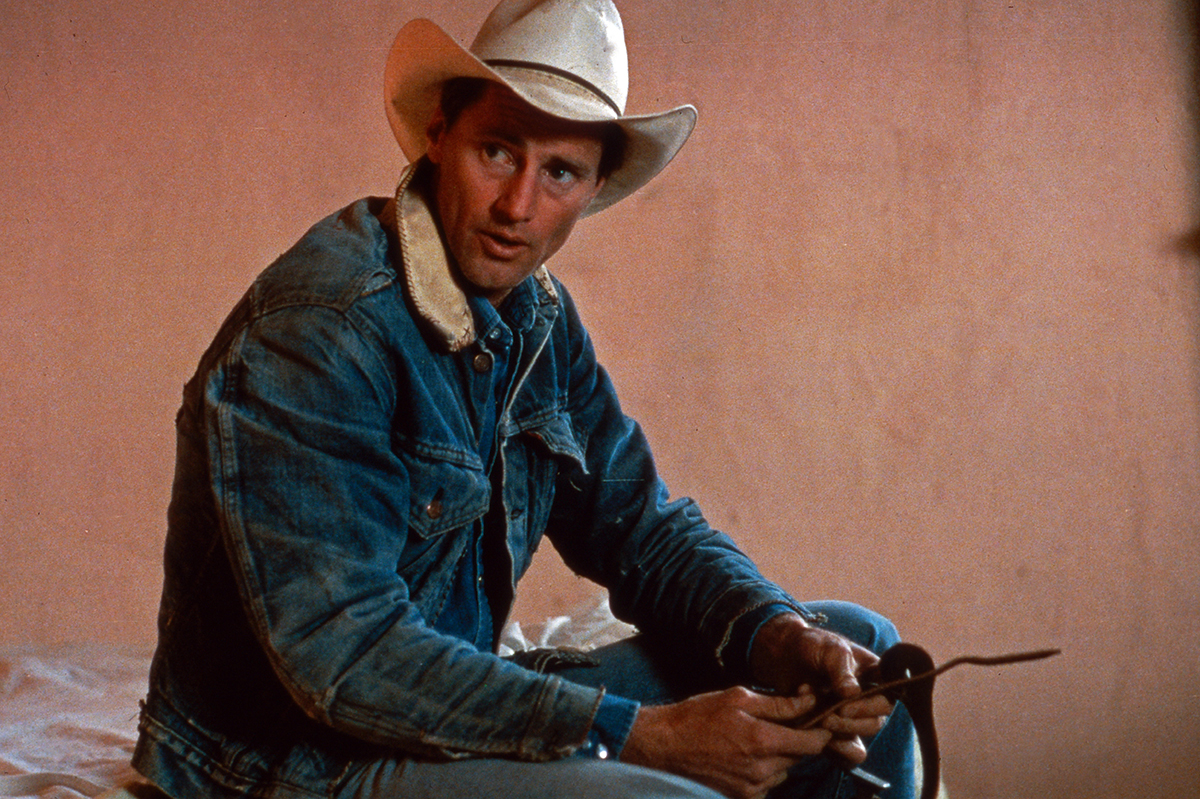

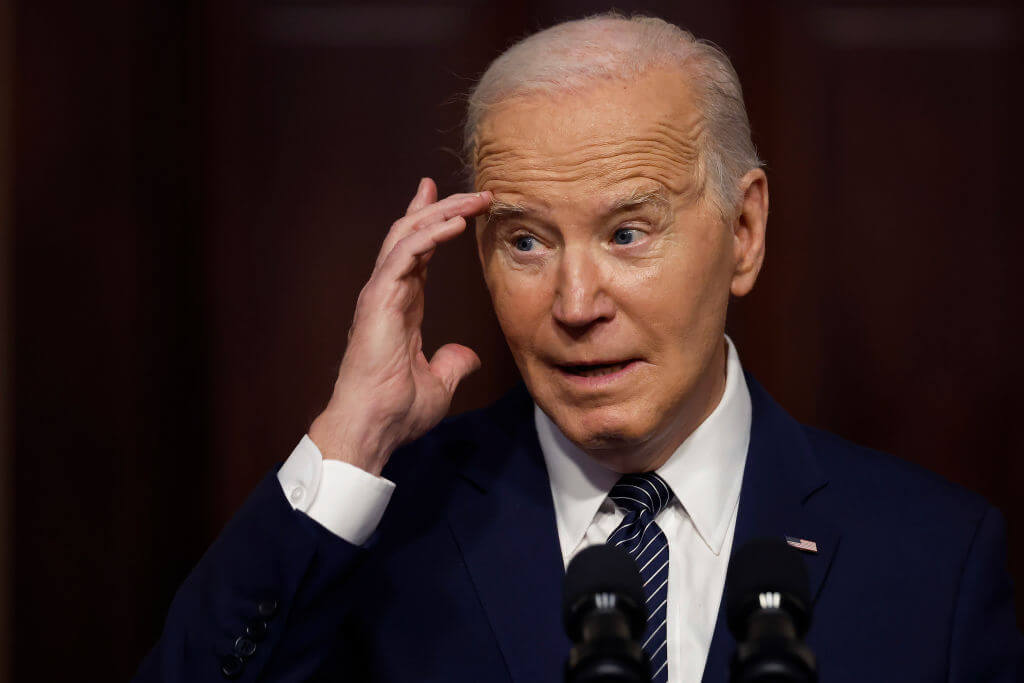


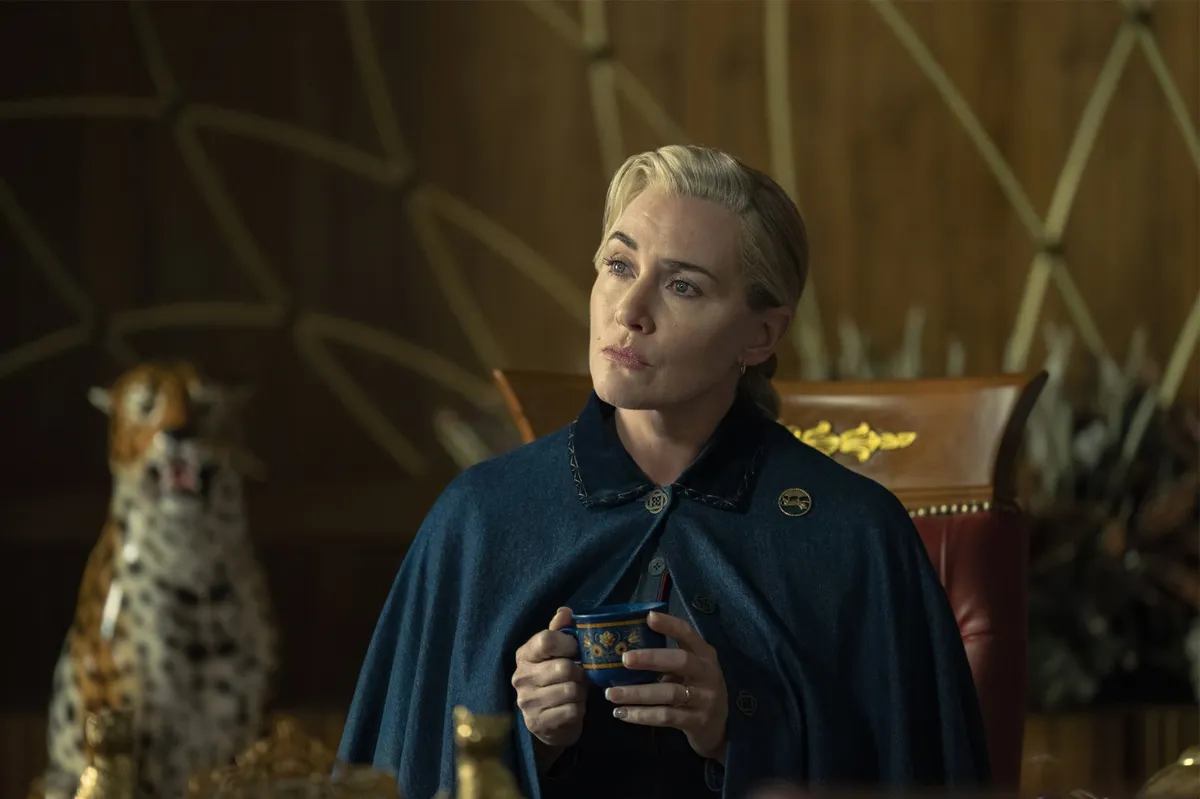
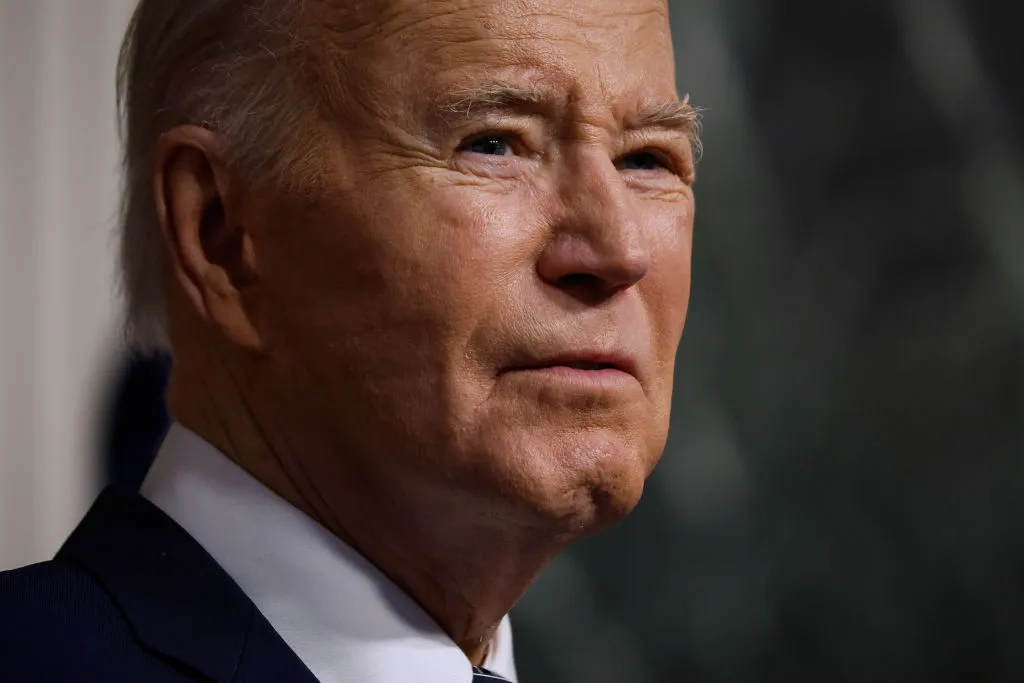

Leave a Reply